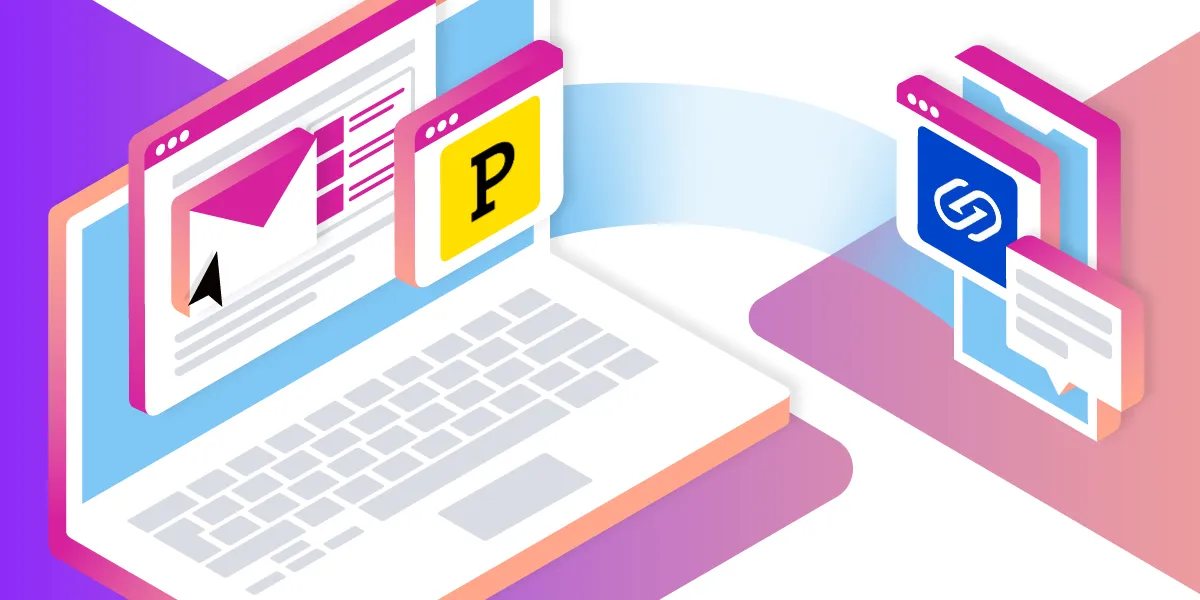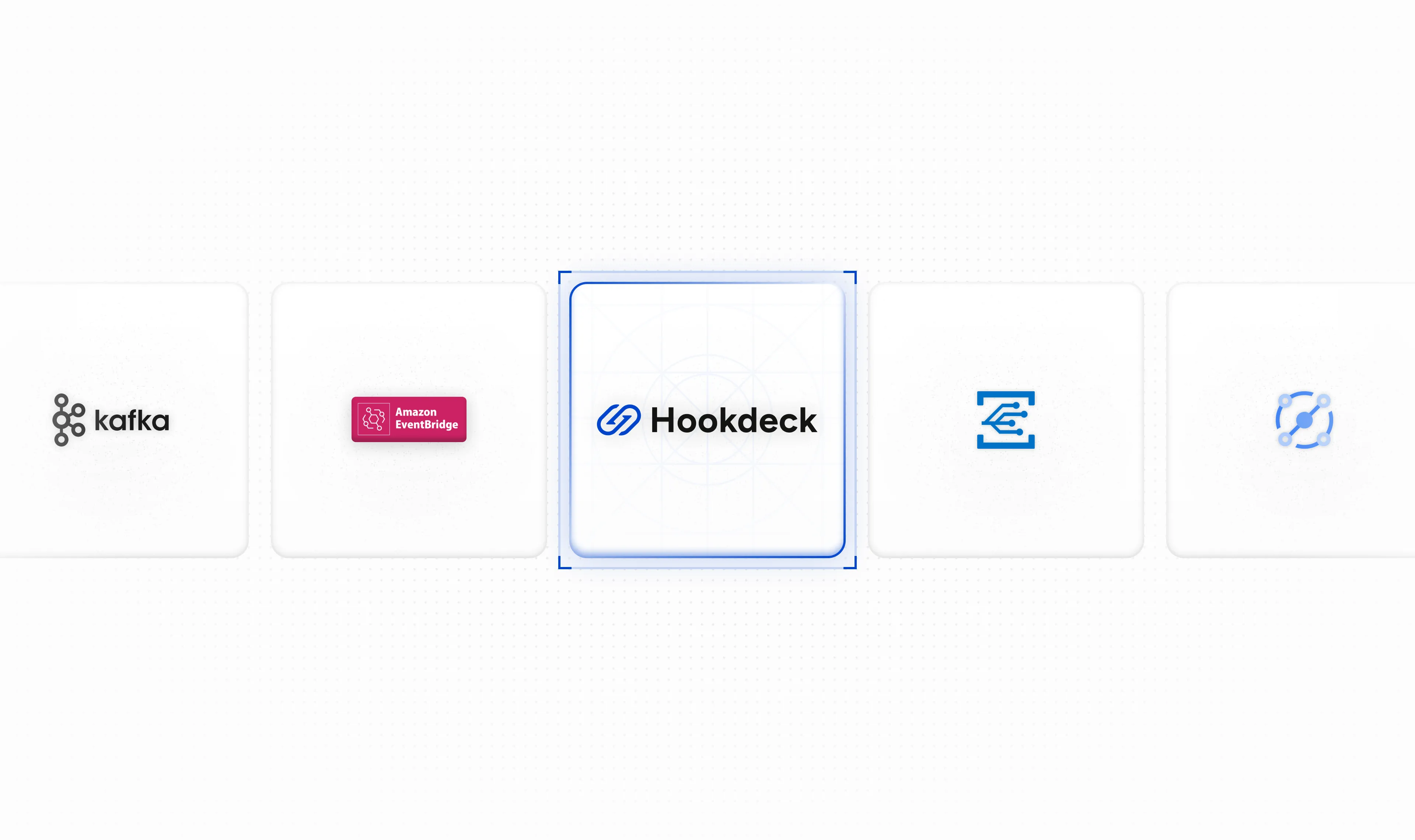Hookdeck Review: February 2024

Welcome to the Hookdeck review for February 2024.
Webhook authentication and verification are a big focus of the February edition with a video discussion on the topic and new webhook verification providers added to Hookdeck.
We'll also cover why we renamed "Archive" to "Disable" and the associated dashboard and API changes, share a series of articles on event-driven architecture (EDA) best practices, and a third-party API connectivity tutorial with Vonage and Postmark.
Finally, we have a detailed comparison between Amazon EventBridge, Google Eventarc, Azure Event Grid, managed Kafka on Confluent, and Hookdeck.
Webhook authentication discussion with Hookdeck co-founders
I recently (virtually) sat down with the Hookdeck co-founders, Alex and Maurice, and discussed webhook authentication. In the following YouTube video, they share their thoughts on why the industry signs and verifies webhooks, why support for third-party webhook verification is necessary for Hookdeck, the new Standard Webhooks standard, and more.
I really wanted to call this section "everything you wanted to know about webhook authentication but were afraid to ask", but it was too long for a heading.
New webhook verification and handshake support
In February, we added webhook verification for the following services:
- Orb - a billing engine
- Enode - connects to a wide range of green energy hardware
- eBay - global marketplace
- Shopline - e-commerce SaaS
- Linear - software project planning SaaS
Additionally, eBay requires a webhook handshake, so Hookdeck now automatically handles this for you.
Learn more about Hookdeck's Source authentication and verification support.
Dashboard and API update: "Archive" is now "Disable"
Last year, we released the ability to delete Sources, Connections, and Destinations. We've concluded that the "Archive" terminology does not represent the actual product behavior. So, "Archive" / "Unarchive" has now been renamed to "Disable" / "Enable".
When you Disable a connection, all new, pending, and paused events are canceled. Once re-enabled, new events will restart flowing again; historical events are not re-delivered. The change also comes with the new API version 2024-03-01.
For more on the change details in the API changelog, read the updated docs, and check out the updated API reference.
The old API version 2023-07-01 is still live and will be supported until 2024-07-01. We'll send out separate communications about any API version deprecation.
Event-driven architecture (EDA) article services
We collaborated with James Higginbotham, who has 20 years of experience working with APIs and microservices, on a series of articles on event-driven architecture best practices.
- Event-Driven Architecture Fundamentals and Common Pitfalls (and How to Avoid Them)
- Detecting and Handling Delivery Errors in your Event-Driven Architecture
- Overcoming Event-Driven Architecture Complexity with an Event Gateway
Join the Hookdeck Slack community to discuss these articles and share your own experiences with event-driven architecture.
Build an omnichannel conversation between SMS and email using Vonage, Postmark, and Hookdeck
One of the main use cases we see on Hookdeck, after inbound webhooks, is the ability to connect third-party services by using Hookdeck to receive webhooks from one service, transform the payload into an outbound API request, and make an API request to another service.
In this tutorial, you'll learn how to build a cross-channel serverless communications application using the Vonage Messages API for SMS, Postmark for Email, and Hookdeck to connect the two: sending an SMS to a Vonage phone number will trigger an email to be sent with Postmark, and sending an email to an email address registered with Postmark will trigger an SMS to be sent with the Vonage Messages API.
Read the Omnitext tutorial on the Vonage Developer blog.
Event Gateway comparison
When we defined the Event Gateway as a new product category, we did so because, as well as clearly seeing the usage on Hookdeck, we could see other products and combinations of products being used to solve similar problems.
So, we decided to compare what we believe are the most commonly used technologies when building Event Gateways:
- Amazon EventBridge
- Google Eventarc
- Azure Event Grid
- Managed Kafka on Confluent
- Hookdeck
The Event Gateway comparison article compares each of the solutions, the features they provide, and identifies how you can fill any gaps in their functionality with additional tooling.
That's it for the February review.
As always, please get in touch with your thoughts on Hookdeck, webhook authentication, EDA best practices, or anything else.

